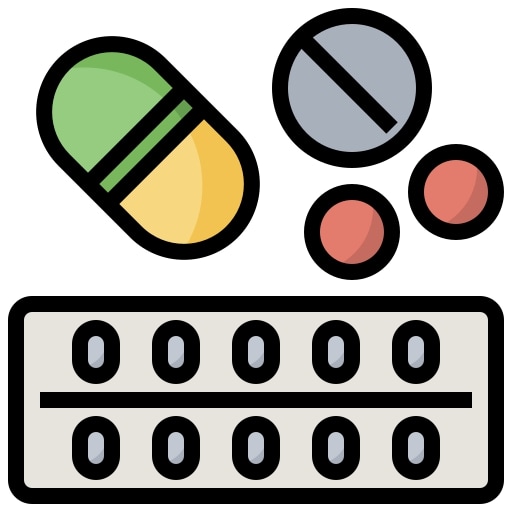CHLOROQUINE, 155mg base, (250mg phosphate), tab.
Valid Article
CHLOROQUINE (CQ)
- In the WHO list of Essential Medicines 2025 (100 mg and 150 mg as phosphate or sulfate)
Therapeutic Action
Antimalarial
Indications
Chloroquine may still be considered for the treatment of confirmed P. vivax or P. ovale mono-infections only in areas where more than 5% of malaria cases are due to non-falciparum species and chloroquine remains effective.
Artemisinin-based combinations (ACTs) are also effective and may offer several advantages over chloroquine, including:
- faster parasites clearance;
- simplified protocols for all forms of uncomplicated malaria;
- a long half-life that provides a prolonged period of suppressive post-treatment prophylaxis against relapse and reinfection;
- effectiveness in treating undiagnosed P. falciparum in possible mixed infections
For confirmed mixed infections (P. falciparum plus P. vivax or P. ovale), ACTs are the treatment of choice, as chloroquine is not effective against P. falciparum.
Instructions for use
The WHO recommends that all labels and prescriptions for chloroquine be expressed in mg base, rather than in chloroquine salts (sulphate or phosphate). Non-standardised labelling . expressing chloroquine content either as salt or as base -can cause confusion and may result in underdosing (leading to ineffective treatment and risk of resistance) or overdosing (causing potential intoxication).
Equivalents:
- 100 mg chloroquine base = approximately 130 mg chloroquine sulfate or 160 mg chloroquine phosphate/diphosphate
- 155 mg chloroquine base = approximately 200 mg chloroquine sulfate or 250 mg chloroquine phosphate/diphosphate
(Cf Introduction: Expression of the medicines' active ingredients content)
Storage
Below 25°C ‐ Protect from sunlight


